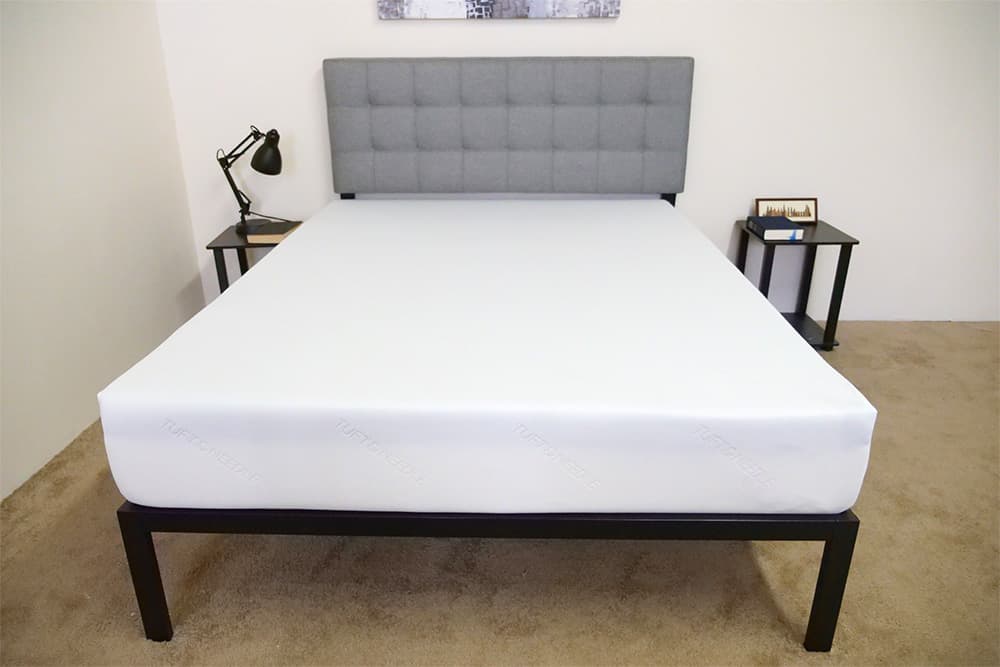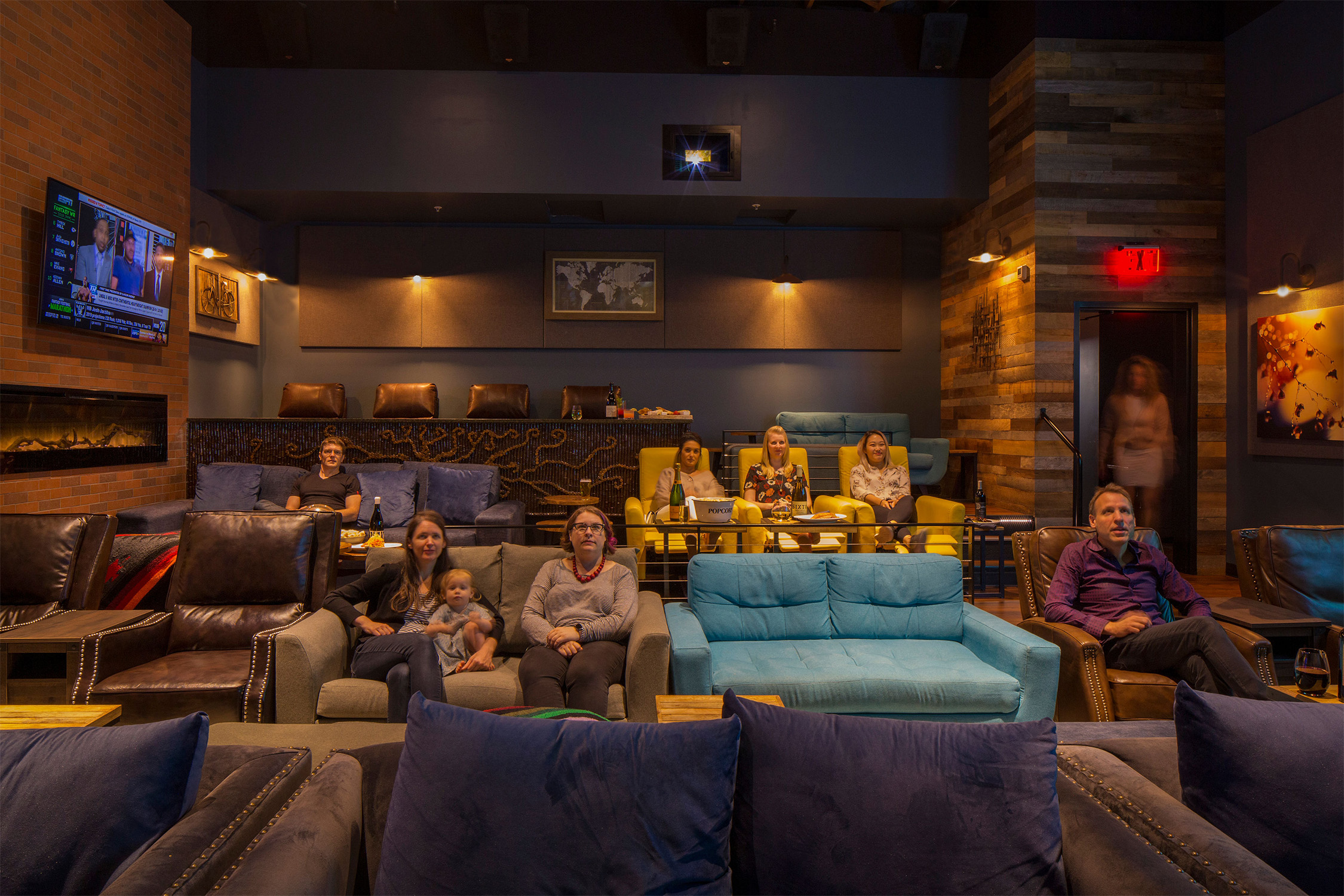Ancient Roman Single-Family House Plan Ideas
Single-family homes have been an integral part of Roman architecture since the ancient times. Ancient Roman single-family homes, or ‘domus’ as they were called, often feature a familiar courtyards and ground floor living space, flanked by additional rooms on the second floor. While floor plans may have varied over the course of the Roman Empire, some of the concepts and plans of these single-family homes remained constant.
Architects of the era often drew plans in a grid-like structure, using long rectangles to designate the different rooms of the house. Other notable features such as atriums, kitchens, baths, dining rooms, and private bedrooms were also included in most designs. One of the most common features in Roman house plans was that of the atrium, a grand room, usually located in the center of the house that acted as a sunroom, gathering place, and social center.
Atrium House Plans of Ancient Rome
Atrium house plans were incredibly popular during the Roman Empire as they combined luxury and functionality. The atrium of the house was often the main focal point, offering residents open air, garden-like sanctuary in the center of the home. Atrium house plans typically featured a large central room usually open to the second-floor, and usually this room contained a pool of water.
Surrounding this grand open-air room were other areas that provided the necessary functions of the home such as bedrooms, a kitchen, an entertainment area, a library, and more. Some of the higher-end homes even incorporated additional luxury features such as marble staircases, mosaics, and unique wall decorations.
House Designs in the Roman Empire
House plans in the Roman Empire were incredibly diverse, with varying levels of luxury and complexity. Most Roman house designs were centered around two-story homes, with extended foundations allowing for larger homes featuring many extra rooms. In addition to the typical single-family homes, Roman architects designed homes for both the upper and lower classes, including apartments, villas, and suburban cabins.
Ground-level homes featured bright, airy spaces with perhaps an outdoor space or walled garden. Second-story dwellings typically looked toward neighboring structures, while upper-class houses often imitated palace architecture with sophisticated marble columns, elaborate gateways, and grand courtyards.
Ground Level Roman Villa Designs
Ground-level Roman villas consisted of simple huts, tents, and cabins. These dwellings were typically made of wood, stone, clay, or mud brick, and usually consisted of two to four rooms. Additional features such as a kitchen, baths, and bedrooms were often added once the home was inhabited.
One of the most recognizable elements of Roman villa designs is the atrium. As mentioned before, this central room served as a meeting place, dining area, and sun sanctuary in the home. In addition, many villas featured balconies, patios, and exquisite gardens.
Second Story Roman House Plans
Second-story Roman house plans frequently placed an emphasis on outdoor living. These dwellings often used balconies, terraces, and porches to promote a sense of light and airiness. Bordering spaces such as patios, courtyards, and enclosed gardens were commonly included to create a pleasant atmosphere and enhance ventilation throughout the home.
Interior features of the upper stories usually consisted of a large central space or living area, as well as separated rooms that acted as bedrooms, dining rooms, and studies. Furthermore, many second-story houses featured grand marble staircases, large windows, and intricate wall decorations.
Roman Farmhouse Plan Ideas
Farmhouse plans during the Roman era focused heavily on adding functional and practical elements to the home. Large farmhouses were designed in a series of two-story modules with outdoor porches, patios, and gardens. Features often included open living areas, bedrooms, kitchens, a pantry, a storage room, and a separate stable for horses and livestock.
Most farmhouses of the era had a base principle of simplicity and practicality. Interiors were usually simple in design and mostly adorned with wood paneling and exposed brick walls. Other features such as fireplaces, ovens, and large stoves were included to help with daily tasks and operations.
Roman Mansion Floor Plans
Mansion floor plans of the Roman Empire often embraced grandiose architecture and detailed decorations to emulate luxury and status. These opulent dwellings were usually multi-winged, and offered dozens of rooms or suites including bedrooms, kitchen areas, bathrooms, dining areas, study spaces, a grand ballroom, a library, and plenty of luxurious features.
The grandiose architecture of Roman mansions was often contrasted with the simplicity found in suburban and ground-level homes. Ornamental gardens, statues, and an array of other decorations often highlighted these homes.
Ancient Roman Suburban House Plans
Suburban house plans in Ancient Rome were of a simpler design and style. General house plans of the era featured courtyards, open hallways, and an array of rooms such as bedrooms, a kitchen, a dining room, and a library. Other suburban homes featured several closed off units connected by an enclosed garden area.
Suburban homes of the Roman Empire were typically two-story, made of clay bricks, mud plaster, and wood. Decorative elements such as painted walls and columns were often included to add a touch of elegance to the home.
Traditional Roman House Plan Ideas
Traditional Roman house plans commonly featured courtyards, atriums, and plenty of open space between rooms. Many of these dwellings also included airflow-focused features such as gardens and balconies that allowed for natural cooling during hot summer days.
Most traditional home plans of the era featured bright colors, intricate designs, and tasteful decoration. Functionally, one would typically find rooms such as a dining room, a kitchen, a library, bathrooms, and bedrooms in the home. Other features such as a fountain, arched windows, and beamed ceilings were also found in some of the more luxurious dwellings.
Modern Roman House Plans
Modern Roman house plans carry on the Supreme tradition of emphasizing natural lighting and ventilation in the home. Many of the features found in these plans align with those employed over two thousand years ago.
Open-style rooms, grand atriums, and ample outdoor spaces such as terraces and balconies are common in many of these designs. Colorful tiles, marble, and granite are often used to dress up the rooms, making the residences appear sophisticated and luxurious. Additionally, some modern Roman house plans incorporate advanced technology such as solar panels and smart home devices.
Classic Roman House Builders
Roman architects and house builders often saw themselves as stewards of the land and the home’s inhabitants. Many of the practices and principles used in house plans of antiquity have been adhered to for centuries, with many modernists applying some of the same ideas in their designs.
Classic Roman house builders such as Vitruvius, Seneca, and Pliny the Elder introduced timeless strategies such as natural cooling, beautiful marble columns, and simple designs that live on in modern-day Roman homes.
The Geometry of Ancient Roman House Plan
 Ancient Roman house plan is an important aspect of Roman architecture, featuring distinct layouts that pay homage to a number of different influences. Indeed, the
rich complexity
of the Roman home is one of its defining features – and lends to its ongoing relevance today.
At its core, an
ancient Roman house plan
can be divided into two broad categories: atrium houses and insula homes. Atrium homes feature a single open central courtyard, while insula homes have multiple rooms arranged around a central open-air space. Of these two, the atrium house was the more popular format for dwellings during Ancient Rome.
Atrium houses could then be divided into additional categories that evolved over time, beginning with the
Domestic Roman House Plan
which showed a clear influence from the Etruscan model. Other variations included the Tuscan House Plan, which featured adjoined rooms surrounding the main atrium, as well as the Imperial House Plan which was marked by the expansion of side rooms and halls. These various house plans reflected the changing social and economic situation of Rome, with wealthy Roman citizens utilizing extra space to build out bedrooms, servants’ quarters, recreational space, and more.
In addition to the various
floor plans
, ancient Roman homes also featured a variety of官 decorative elements. These could include architectural features like columns or arches, or accents like wall paintings, frescoes, and mosaics.
Ancient Roman house plan is an important aspect of Roman architecture, featuring distinct layouts that pay homage to a number of different influences. Indeed, the
rich complexity
of the Roman home is one of its defining features – and lends to its ongoing relevance today.
At its core, an
ancient Roman house plan
can be divided into two broad categories: atrium houses and insula homes. Atrium homes feature a single open central courtyard, while insula homes have multiple rooms arranged around a central open-air space. Of these two, the atrium house was the more popular format for dwellings during Ancient Rome.
Atrium houses could then be divided into additional categories that evolved over time, beginning with the
Domestic Roman House Plan
which showed a clear influence from the Etruscan model. Other variations included the Tuscan House Plan, which featured adjoined rooms surrounding the main atrium, as well as the Imperial House Plan which was marked by the expansion of side rooms and halls. These various house plans reflected the changing social and economic situation of Rome, with wealthy Roman citizens utilizing extra space to build out bedrooms, servants’ quarters, recreational space, and more.
In addition to the various
floor plans
, ancient Roman homes also featured a variety of官 decorative elements. These could include architectural features like columns or arches, or accents like wall paintings, frescoes, and mosaics.
Decorative Features of Ancient Roman Homes
 Ancient Roman homes were marked by a variety of decorative features designed to both beautify the home and give a glimpse into the status of its owners. Popular examples included mosaic floors, which were typically found in the more opulent homes of Ancient Rome, as well as a wide selection of wall paintings that could range from lovely landscape scenes to murals of important figures or parties. Frescoes were also a common feature in more affluent homes, particularly in public spaces or those occupied by wealthy citizens.
Decorative columns and vestibules were also commonplace features in ancient Roman houses, with the stately Doric style of columns often found in more stately and public buildings, while the Ionic and Corinthian styles were seen as more elegant and private. Lastly, Gardens were a favored addition to more affluent homes, with herbs and plants often grown in small courtyards and luxury poolside gardens.
Ancient Roman homes were marked by a variety of decorative features designed to both beautify the home and give a glimpse into the status of its owners. Popular examples included mosaic floors, which were typically found in the more opulent homes of Ancient Rome, as well as a wide selection of wall paintings that could range from lovely landscape scenes to murals of important figures or parties. Frescoes were also a common feature in more affluent homes, particularly in public spaces or those occupied by wealthy citizens.
Decorative columns and vestibules were also commonplace features in ancient Roman houses, with the stately Doric style of columns often found in more stately and public buildings, while the Ionic and Corinthian styles were seen as more elegant and private. Lastly, Gardens were a favored addition to more affluent homes, with herbs and plants often grown in small courtyards and luxury poolside gardens.
Conclusion of the Ancient Roman House Plan
 The
rich complexity
and variety of Ancient Roman house plans, and their myriad of decorative features, allow modern-day builders and architects to rely on centuries-old designs for inspiration when constructing their own homes. Moreover, by examining the layouts and architectural features of Ancient Rome, we can gain a better understanding of the social and economic forces that shaped Roman culture during its heydey.
The
rich complexity
and variety of Ancient Roman house plans, and their myriad of decorative features, allow modern-day builders and architects to rely on centuries-old designs for inspiration when constructing their own homes. Moreover, by examining the layouts and architectural features of Ancient Rome, we can gain a better understanding of the social and economic forces that shaped Roman culture during its heydey.














































































